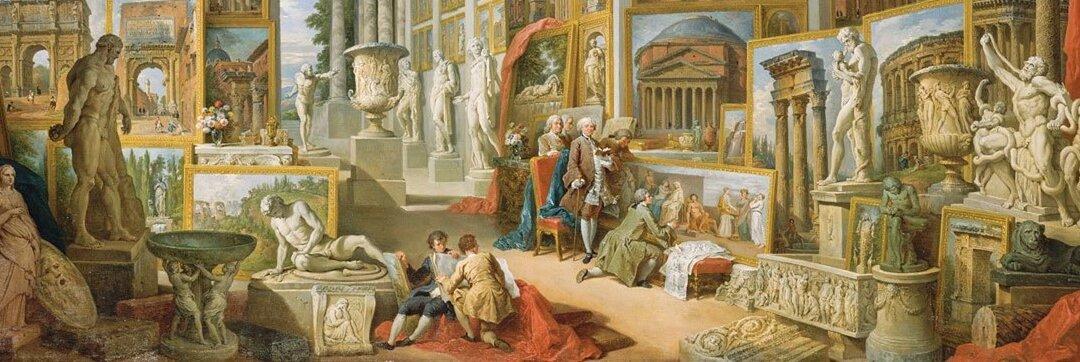The “only modern epic possible” according to Charles Baudelaire, “The Legend of the Centuries” (“La Légende des siècles”) is a masterpiece of French literature. Written by none other than Victor Hugo, this epic poem aims to depict the history of mankind from its origins until the 19th century, an epic task in itself.
An Epic Masterwork
Written between 1885 and 1876, this collection of narrative poems was published in three series: The “Little Epics” (1859) opens this work, followed by the second series (1877), and closed by the final one (1883).The beginning line of the second series begins, “The vision from which this book came out,” where Hugo announces his approach to poetic exploration and his goal to retrace the history of man from its origins to Hugo’s time: “I had a dream: the walls of centuries appeared to me"—an imagined wall where scenes of humanity’s past, present, and future are drawn. This imagined wall represents the history of mankind. The writer becomes a poet-prophet, where he sees and knows all.






